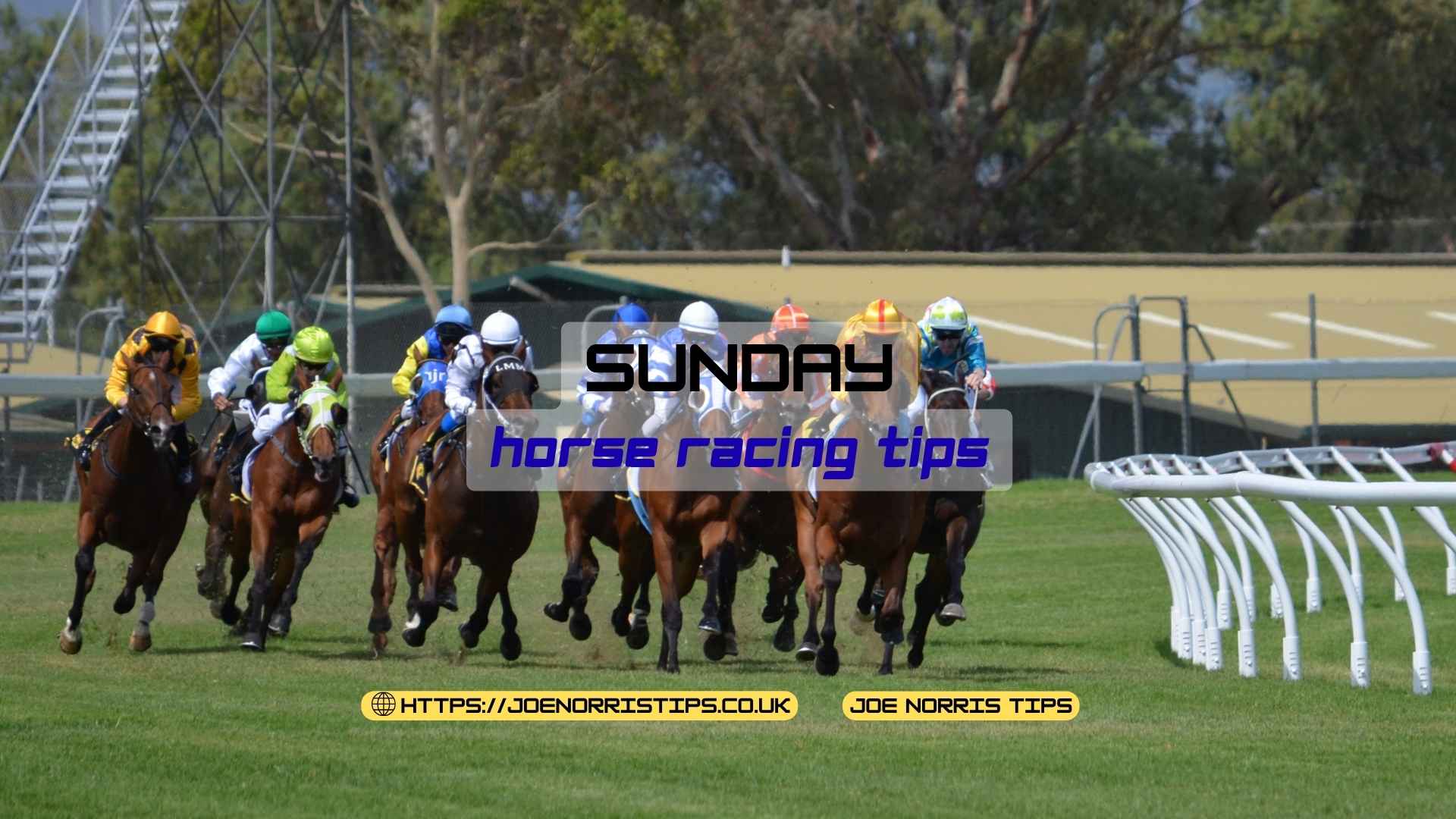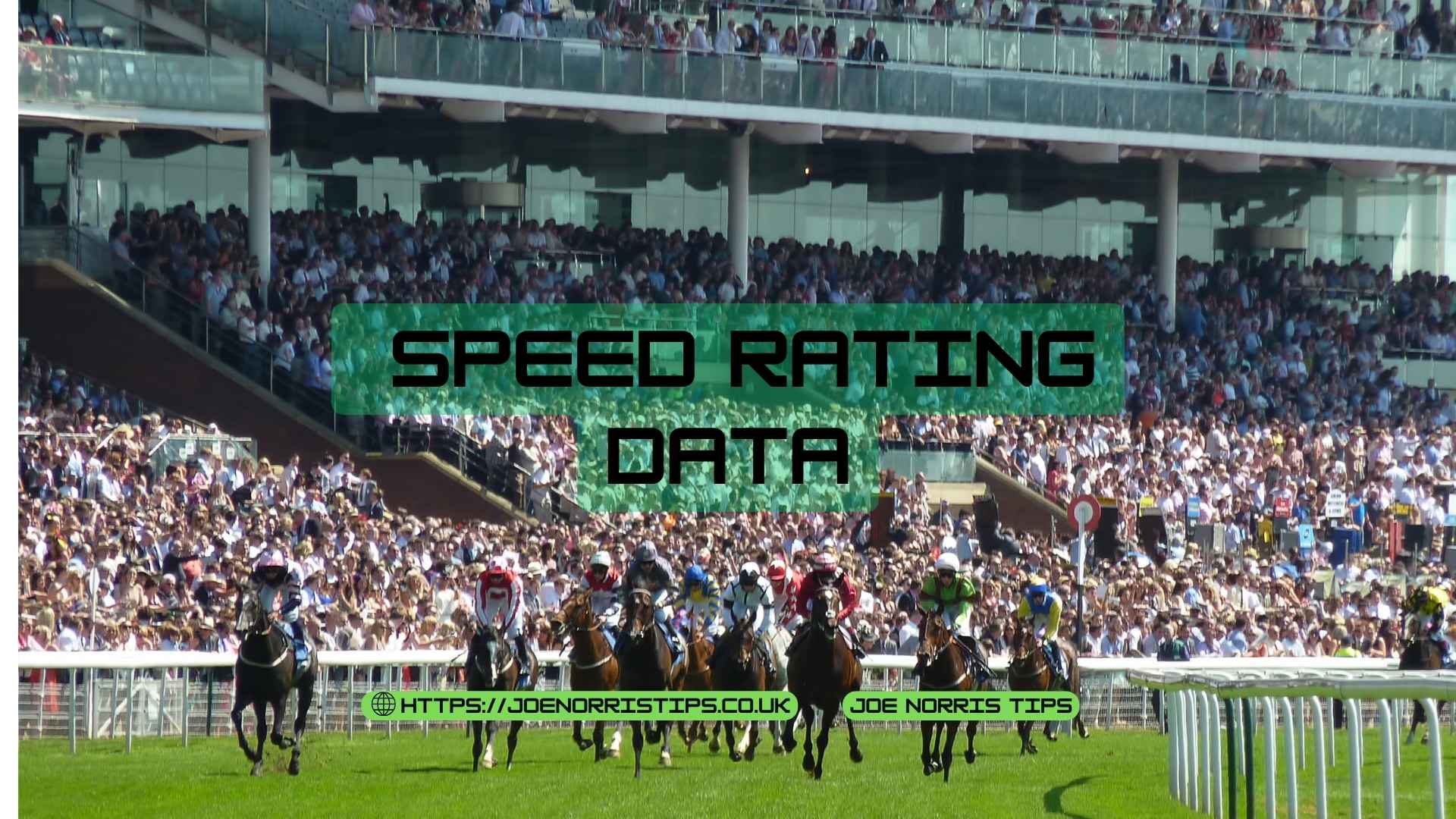If you want to profit consistently from horse racing, you need more than instinct—you need data.
I rely on in-depth performance metrics, course trends, and historical results to identify betting opportunities that the market undervalues.
Horse racing is one of the most data-rich sports, offering endless insight if you know what to look for.
Whether you’re following a top-level handicap at Newbury or a lower-grade sprint at Southwell, the numbers tell a story.
This guide explains how I use horse racing data to shape my bets, what handicappers rely on when rating horses, and how you can apply these insights to improve your selections.
Contents
- The Importance of Understanding Horse Racing Data
- Essential Data Types Used by Handicappers
- Using Data to Gain an Edge
- The Role of Handicappers in Horse Racing
- My Winning Approach to Handicapping Horse Races
- The Impact of Horse Racing Data on Betting Odds
- Why Data is Crucial for Informed and Successful Betting
- FAQs
- What is the Ahead-of-Handicapper Data for Horse Racing?
- How Does Ahead-of-Handicapper Data Work in Horse Racing?
- What are the benefits of using Ahead-of-Handicapper Data?
- Is Ahead-of-Handicapper Data legal to use in horse race betting?
- Should I be a professional handicapper to use Ahead-of-Handicapper Data?
- Where Can I Access Ahead-of-Handicapper Data for Horse Racing?
- Summary of Joe Norris’ Tips for Horse Racing Betting
The Importance of Understanding Horse Racing Data
Understanding and using data is non-negotiable if you’re serious about making a long-term profit from horse racing.
I rely heavily on horse racing data to shape every bet I place.
It’s what separates consistent, calculated decisions from emotional punts.
Whether it’s speed figures, form ratings, or sectional times, every bit of information can give you an edge – if you know how to use it.
Why Data is Crucial in Horse Racing
Horse racing is filled with variables; without data, you’re essentially guessing.
Form lines, ground conditions, weight carried, and draw bias all influence how a horse performs.
Data allows you to identify patterns, adjust for context, and spot where the market might be overreacting or underestimating a horse’s chances.
Essential Data Types Used by Handicappers
Handicappers evaluate a horse’s past performances to assign a rating that reflects its current ability.
These ratings determine how much weight a horse carries in handicap races, and they’re based on a range of performance measures.
The recent finishing position is one of the most important, but it’s never considered in isolation.
A fifth-place finish in a hot Class 2 could be more valuable than a win in a weak Class 5.
Speed figures are another key metric, offering a time-based measure that adjusts for race conditions and gives insight into how fast a horse ran.
Draw bias is factored in when assessing sprinters, especially at tracks where the starting position influences how a race unfolds.
Course and distance form also play a significant role, particularly if a horse prefers specific track configurations or ground conditions.
Jockey and trainer strike rates influence whether a horse is likely in peak condition or part of a stable with strong recent performance.
Handicappers blend all this data to reach a rating, but even then, there’s room for interpretation—and that’s where the sharp betting value lies.
Using Data to Gain an Edge
Anyone can read the racecard, but what you do with the data makes the difference.
I use form analysis combined with deeper metrics to narrow the field and find value bets the market hasn’t fully recognised.
How I Leverage Data for Winning Bets
I analyse multiple data points for each horse, cross-referencing race conditions with past performances.
For instance, a horse with a strong record on soft ground but poor recent form might still be a good bet when the rain returns.
Understanding the data behind those performances allows me to make decisions others miss.
Predictive Factors in Horse Racing Data
Key predictive factors include time comparisons, course bias, draw statistics, and how horses respond to different paces.
These indicators are especially useful in big handicaps, where the market underestimates how race shape and tempo can impact results.
Data lets me anticipate how a race will likely play out, not just guess based on reputation.
The Role of Handicappers in Horse Racing
Handicappers set official ratings to level the playing field, but their assessments aren’t always perfect – and that’s where the opportunity lies.
What Handicappers Do and How They Guide My Betting
A handicapper assigns weights to horses based on previous performance.
This system creates competitive races, but horses can be overrated or underrated, especially after changing stables or switching surfaces.
I can spot better horses than their mark suggests by understanding how handicappers work.
The Importance of Being Ahead-of-Handicapper
The best betting value often lies in identifying a horse about to outrun its mark.
If I can see a pattern or factor, the handicapper hasn’t caught up with yet—like a horse returning to a preferred track – I get ahead of the curve and take advantage of mispriced odds before the market adjusts.
My Winning Approach to Handicapping Horse Races
Handicapping isn’t about guesswork – it’s about structured analysis based on objective performance indicators.
My strategy is rooted in discipline, consistent processes, and a willingness to adapt as conditions change.
Effective Strategies for Data Analysis and Predictions
I group horses by class and compare their past efforts in similar conditions.
I adjust for factors like draw, pace, and ground to isolate undervalued contenders.
I never back a horse unless the numbers point clearly to a competitive edge at the current price.
The Importance of Staying Up-to-Date with Data and Trends
The racing landscape shifts constantly.
Trainers hit hot or cold patches, tracks change due to weather, and some horses improve significantly with age or gelding.
I update my data models daily and constantly reassess assumptions at Joe Norris Tips.
Keeping on top of trends gives me the insight needed to stay ahead of the market.
The Impact of Horse Racing Data on Betting Odds
Markets move quickly, and understanding how data influences price is key to betting at the right time.
How Data Influences Betting Odds
Bookmakers adjust odds based on the weight of money, trends, and perceived value.
The odds will shorten if enough punters spot a form line or statistical trend.
But if you get in early – before the crowd – you lock in higher prices and create value.
Finding Value Bets with Data
I use data to highlight horses whose odds suggest a lower chance than their performance metrics.
For example, a horse with a strong record over course and distance but returning from a break may be underrated by the market.
By diving into the details, I identify value spots that others miss.
Why Data is Crucial for Informed and Successful Betting
In horse racing, you’re betting against other people’s opinions as much as you’re betting on the horses.
Solid data gives you a consistent edge in finding the right bets at the correct prices.
It’s not about guessing – reading between the lines, spotting what others overlook, and backing it up logically.
Every selection publishes results from this process – because formed betting is intelligent betting.
FAQs
What is the Ahead-of-Handicapper Data for Horse Racing?
I use ahead-of-handicapper data to spot horses that are due a handicap rise but haven’t been reassessed yet.
As the official rating lags behind recent form, these horses carry less weight than they should, which creates serious value in the market.
How Does Ahead-of-Handicapper Data Work in Horse Racing?
Ahead-of-handicapper data works by flagging horses that win or run well just before the handicapper updates their mark.
I track these performances closely because when a horse runs again quickly, it races under a penalty that doesn’t fully reflect its new ability – giving me an edge.
What are the benefits of using Ahead-of-Handicapper Data?
The most significant benefit of using Ahead-of-Handicapper data is value. I use ahead-of-handicapper data to find bets that the market hasn’t caught up with yet.
Horses in this situation are underpriced based on what they’ve just shown on the track, which means more profitable bets for my followers.
Is Ahead-of-Handicapper Data legal to use in horse race betting?
Ahead-of-handicapper data is entirely legal. It’s based on public information – forms, entries, and handicap updates.
I use it ethically and transparently to help punters make better-informed bets.
Should I be a professional handicapper to use Ahead-of-Handicapper Data?
You don’t need to be a pro to use Ahead-of-Handicapper data.
I break this data down for punters at Joe Norris Tips so anyone can use it. I explain the logic behind each selection so even newer bettors can apply it and learn.
Where Can I Access Ahead-of-Handicapper Data for Horse Racing?
You can access ahead-of-handicapper data right through Joe Norris Tips.
I analyse race cards, spot these opportunities, and publish my tips with full explanations – so you don’t have to do the digging yourself.
Summary of Joe Norris’ Tips for Horse Racing Betting
Horse racing betting rewards those who go deeper than surface-level form.
I focus on analysing real-time data, understanding how handicappers assess runners, and finding value before the market adjusts.
My strategy centres on class drops, course specialists, and pace analysis – combined with disciplined bankroll management to ensure sustainability.
Staying up-to-date with the latest trainer patterns, track bias, and going reports helps me stay ahead of changes in horse performance.
By leveraging race-specific insights and applying a consistent, structured approach, I deliver horse racing tips built on logic, not guesswork.




